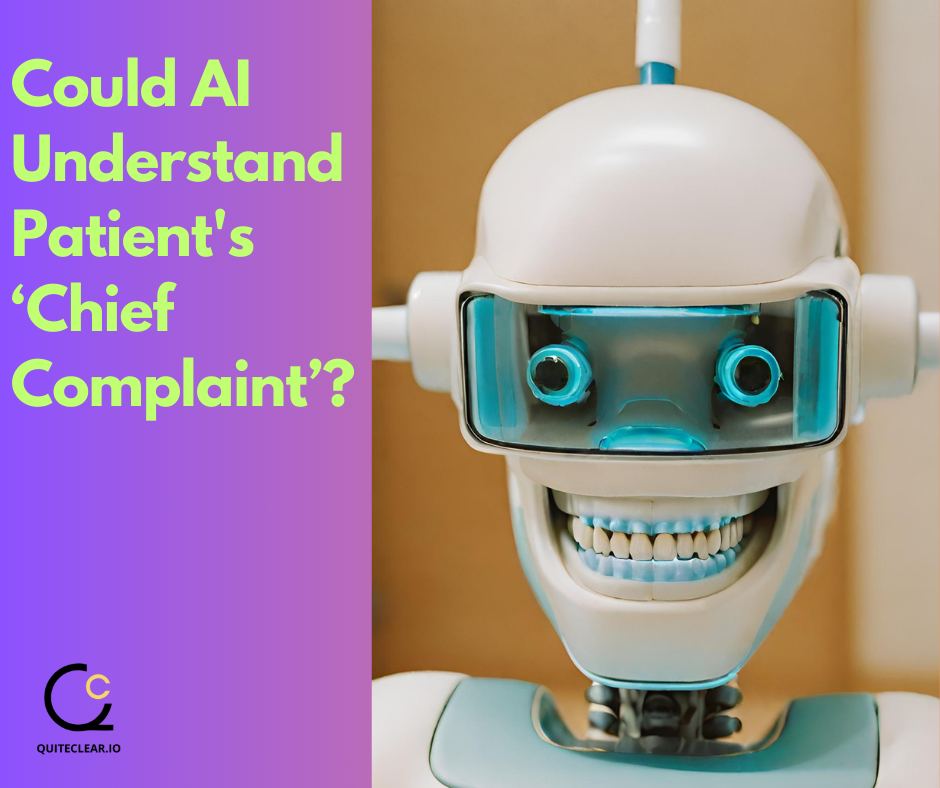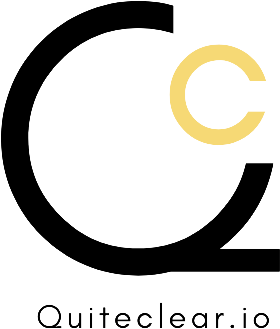AI Enhanced Future of Orthodontics

Welcome to Quiteclear, where we specialize in manufacturing clear aligners as a premier white-label/private-label service for our esteemed clients. As a cutting-edge manufacturer, we streamline the process by accepting treatment-planned files seamlessly through our user-friendly ‘Quiteclear Dashboard.’ Over the years, we’ve witnessed a remarkable evolution in treatment planning, marked by a significant reduction in refinement rates, and now, we are in the age of AI! Let’s know about how artificial intelligence is entering the field of orthodontics.
How is AI Used in Dentistry?
- Treatment Planning Efficiency: AI-powered software revolutionizes treatment planning, reducing time and errors.
- Advanced Algorithms: Utilizes advanced algorithms based on biomechanical and mathematical principles for precise outcomes.
- Intraoral Scanning Enhancement: Integration with intraoral scanning methods improves scan accuracy significantly.
- Reduction in Human Error: AI minimizes human error, ensuring a more reliable and consistent approach to dental procedures.
- Accelerated Processes: Streamlines various dental processes, from planning to fabrication, leading to increased efficiency.
- Collaboration with Orthodontists: Rather than replacing, AI collaborates with orthodontists, enhancing their capabilities for a holistic approach to patient care.
- Harmony between Technology and Human Touch: Balances the technological advancements of AI with the indispensable human touch in dentistry.
As AI transforms orthodontic care, the question arises: Will AI Replace Orthodontists? The answer is nuanced. Advanced AI, streamlines aligner processes, reducing time and errors. However, AI lacks the human touch—understanding a patient’s unique needs and making informed decisions. AI complements orthodontists, enhancing rather than replacing them. The synergy promises efficient, precise care. The future lies in a harmonious collaboration, where AI augments human expertise, ensuring patients receive the best in their quest for a perfectly aligned smile. The role of AI in clear aligners is not substitution but augmentation—enhancing orthodontists’ skills for unparalleled care in dental technology’s evolving landscape.
The accumulation of years of expertise requires constant learning, practice, application, and improvement. Orthodontists leverage their experience to master techniques and successfully treat patients. The unique advantage Orthodontists possess over AI lies in the human touch – the ability to comprehend the patient’s chief complaint. Patients may seek treatment for various reasons related to malocclusion, and it is the Orthodontist’s expertise that guides the course of treatment, considering these individual factors.
Khamzat Asabaev, co-founder of Softsmile, a leading treatment planning software embraced by a few of our clients, emphasizes the transformative impact of advanced algorithms rooted in biomechanics and mathematical principles. This evolution is reshaping aligner planning and fabrication, significantly reducing the time spent on the entire aligner process and treatment. Softsmile is joined by other widely used software like 3Shape, Archform, Blueskybio, Onyxchep, Dentone, planmeca, orchestrate3d, arcadlab, and Maestro3d, all incorporating AI to enhance planning efficiency and minimize human error.
In intraoral scanning, the integration of AI within the scanning process and software has elevated scan accuracy exponentially. This technological synergy accelerates the initiation of patient treatment, representing a groundbreaking advancement in the field.
In summary, embracing AI assistance is instrumental in expediting treatment planning. Several software solutions boast a remarkable reduction in planning time, with some completing the process in mere minutes compared to the hours required by a trained Orthodontist. AI-backed software not only accelerates tooth sectioning but also offers diverse suggestions for the course of action, empowering Orthodontists to make informed decisions.
Considering various factors, patient compliance emerges as a pivotal aspect influencing the success or relapse of clear aligner treatments, emphasizing the importance of wearing aligners for the recommended 22 hours daily.
If you’re contemplating starting your ‘Own Brand of Clear Aligners’ and seek comprehensive guidance on aspects such as treatment planning knowledge, intra-oral scanning, outsourcing treatment planning, and packaging and branding concerns, we encourage you to connect with us at +919909973333 or via email at connect@quiteclear.io. Let us steer you in the right direction.
At Quiteclear, we manufacture clear aligners as a white-label/private-label service for our clients. As a manufacturer, we accept treatment-planned files from our clients through our online ordering ‘Quiteclear Dashboard’. As the years progress, we have observed changes in the way treatment planning has evolved over the years. As the Orthodontist gains more experience, the refinement rate has drastically reduced.
This change in treatment planning has two major contributing factors:
1) The experience of an Orthodontist gained through planning numerous cases and seeing the results live as the treatment progresses
2) The advent of AI-driven technology improving Software used for treatment planning.
Years of experience and knowledge gained have to be learned, practiced, applied, and improved upon. Orthodontists have learned techniques with experience to treat a patient successfully. The advantage the Orthodontists have over AI is the human factor, which is the capability to understand the chief complaint of the patient. There can be many reasons the patient wishes to undergo a treatment to fix malocclusion and the Orthodontist can only then decide the course of treatment and the outcome of the treatment after considering these factors.
‘Advanced algorithms backed by biomechanical and mathematical principles are fundamentally changing the approach to aligner planning and fabrication, resulting in a significant reduction in time spent on the entire aligner process and treatment’, says Khamzat Asabaev, the co-founder of Softsmile, a treatment planning software used by many of our clients to plan treatments to fix malocclusion for their patients seeking the use of Clear Aligners. Some widely used software by our clients also include 3Shape, Archform, Blueskybio, Onyxchep, Softsmile, Dentone, planmeca, orchestrate3d, arcadlab, and Maestro3d. Many of these software have integrated AI to improve the time it takes to plan a case as well as the number of changes an Orthodontist would have to make on the suggested course of treatment outcome. The strongest trait of an AI-powered treatment plan is the lack of human error.
With the widely used intraoral scanning methods to gain the impression, the AI integrated within the scanning and its software has improved the accuracy of the scans many folds as well. This technology is an extraordinary addition as an aid to decrease the time it takes to start a treatment for the patient.
In conclusion, it can be safely said that AI’s assistance should be taken to reduce the time it takes to come up with a treatment plan. Some of the software used for treatment planning boasts a reduced time to a mere couple of minutes compared to hours it would otherwise take for a trained Orthodontist. The software backed by AI can reduce the time it takes to section the teeth. It also gives various suggestions for the course of action, which can be accepted, rejected, or altered by the Orthodontist to make the final call.
Keeping the factors in consideration, the reasons for relapses or failure for tracking mostly then ends up being one major factor, and that is patient compliance with wearing the clear aligners for the recommended wear time, which is usually 22 hours every day.
If you are looking to start our ‘Own Brand of Clear Aligners’ and need help connecting the missing pieces (such as lack of treatment planning knowledge, a guide to intra-oral scanner, other options to scan, out-sourcing treatment planning for clear aligners, packaging and branding concerns etc), we highly recommend you connect with us at +919909973333 or at connect@quiteclear.io so we can guide you in the correct direction.
